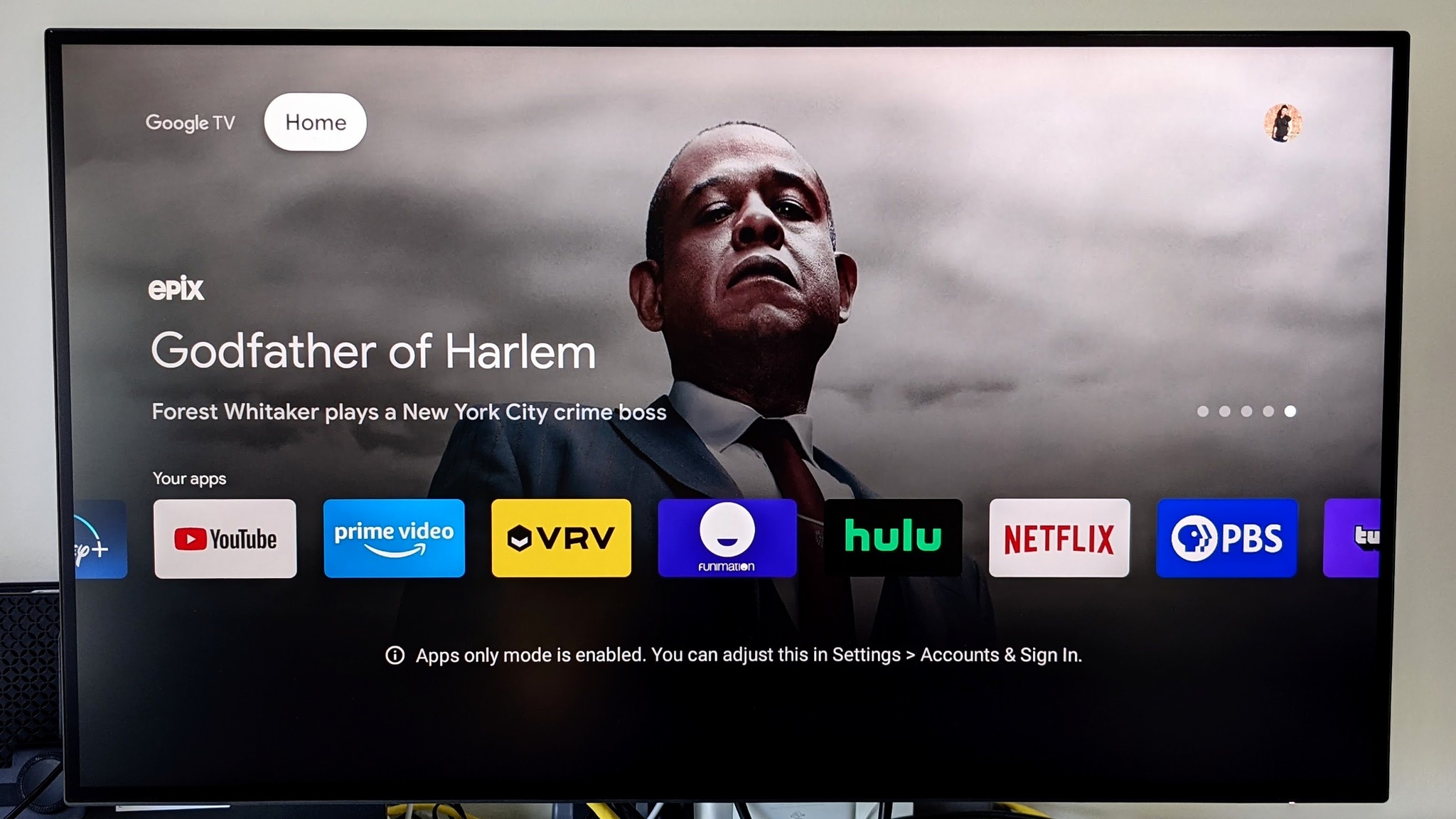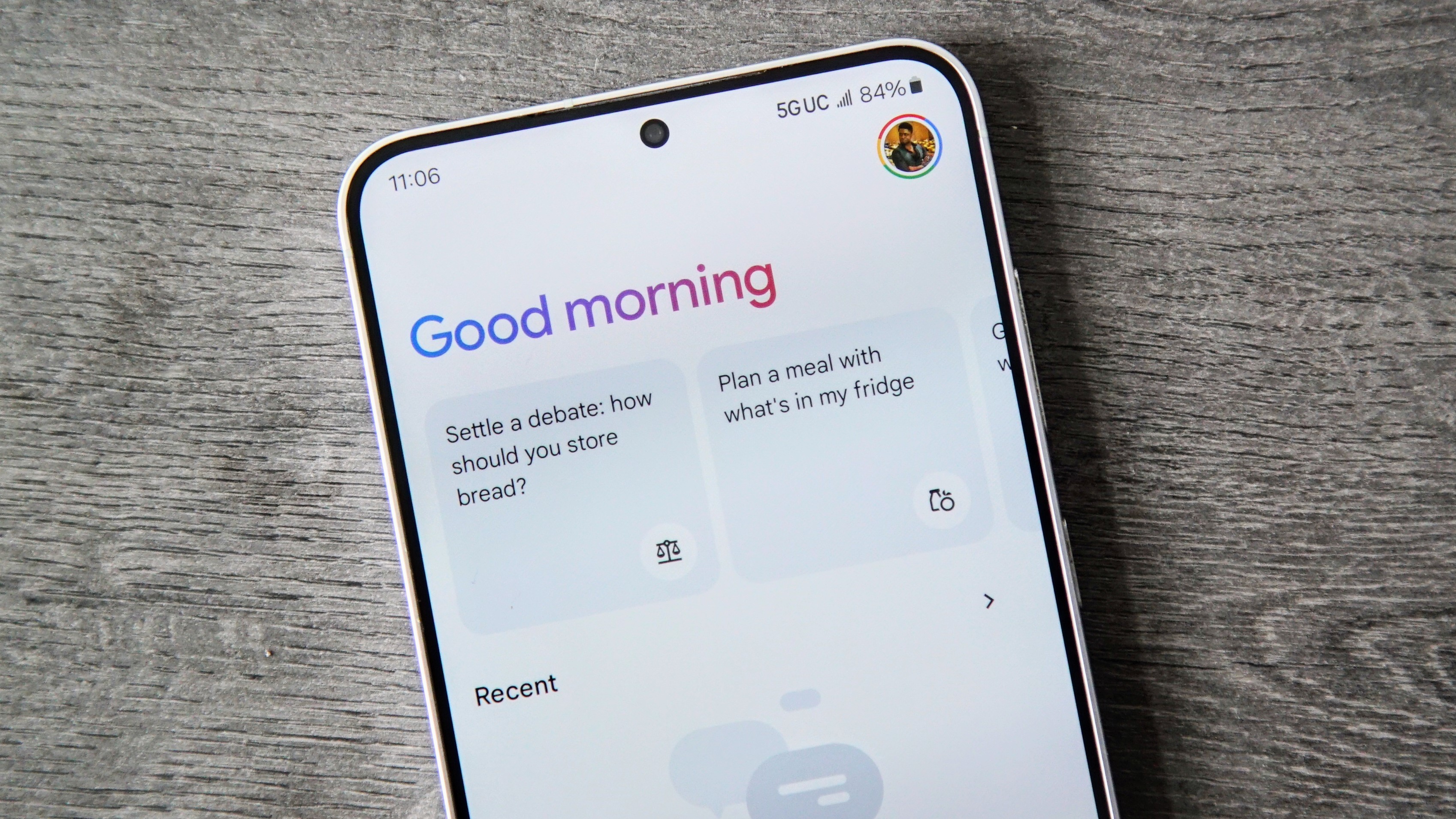The Ultimate Guide to Creating a Flawless Mobile App UI/UX Design
The success of a mobile app heavily depends on its user interface (UI) and user experience (UX). A well-designed app is intuitive, engaging, and keeps users coming back. On the other hand, a poorly designed app frustrates users, leading to uninstalls and negative reviews. With millions of apps competing for attention, a flawless UI/UX design can be the game-changer that sets your app apart. Whether you’re a business owner, designer, or developer, understanding the core principles of mobile app UI/UX design is crucial. Every small detail, from navigation to color schemes, contributes to the overall experience. If users find your app easy to use, they will stay longer, interact more, and even recommend it to others. However, if the interface is cluttered or difficult to navigate, they will leave without hesitation. To ensure success, you need a design that balances aesthetics with usability. This guide explores essential strategies to create a seamless and user-friendly experience for your app. Keep the Interface Simple and Intuitive Users appreciate an app that is easy to navigate. A cluttered and confusing interface overwhelms users, leading to higher bounce rates. Simplicity doesn’t mean your app should be bare-bones, but rather that it should be free from unnecessary elements that distract from the core functionality. Follow these best practices: Minimize distractions by using a clean and structured layout. Every element should have a clear purpose. Ensure important features are easily accessible, especially those users rely on most. Use familiar icons and elements to guide users effortlessly. If users have to guess what a button does, your design needs improvement. Avoid information overload. Too much text or too many buttons can confuse users. Use whitespace effectively to create a visually pleasing, easy-to-read interface. Prioritize Responsive and Adaptive Design Not all users have the same device or screen size. Your app should be fully responsive and adapt to various screen dimensions seamlessly. Mobile screens range from small smartphones to large tablets, and even foldable devices. A rigid design that doesn’t adapt can result in poor user experiences and high uninstall rates. Best practices for responsive design include: Implementing a flexible grid layout that adjusts to different screen sizes. Using scalable fonts and images that maintain clarity regardless of resolution. Ensuring that touch elements, like buttons, are large enough to be easily tapped. Testing your design on multiple devices and operating systems to avoid layout issues. Focus on Fast Load Times and Performance A slow app is a dead app. Users expect fast and smooth interactions. Even a few seconds of delay can lead to frustration and app abandonment. Performance optimization should be a priority in every stage of design and development. Optimize your app’s performance by: Compressing images and minimizing HTTP requests to reduce load times. Implementing efficient coding practices to eliminate unnecessary processing. Using caching techniques to store frequently accessed data and improve speed. Minimizing the number of animations and transitions that may slow down performance. Conducting performance testing regularly to identify and fix speed issues. Create a Clear and Consistent Navigation Navigation should be effortless and predictable. Users should always know where they are and how to get to their desired destination without confusion. A well-structured navigation system ensures that users don’t get lost within the app. Effective navigation strategies include: Bottom navigation bars for easy one-hand use, especially for essential functions. Hamburger menus only when necessary, as they can hide important features. Breadcrumbs to help users track their journey within the app. A visible and intuitive back button to prevent users from feeling stuck. Logical menu grouping, so related functions are placed together for convenience. Design for Accessibility and Inclusivity A great app serves all users, including those with disabilities. Making your app accessible not only improves usability but also expands your audience by ensuring that people with different abilities can use it effectively. Accessibility best practices include: Providing alternative text for images so that screen readers can describe them. Ensuring sufficient color contrast for readability, especially for visually impaired users. Enabling voice commands and keyboard navigation for users with motor disabilities. Offering customizable font sizes and contrast settings to cater to different needs. Utilize Microinteractions for a Better User Experience Microinteractions enhance usability and engagement by providing instant feedback and making the app feel more interactive. These small design elements can greatly impact how users fee

The success of a mobile app heavily depends on its user interface (UI) and user experience (UX). A well-designed app is intuitive, engaging, and keeps users coming back. On the other hand, a poorly designed app frustrates users, leading to uninstalls and negative reviews. With millions of apps competing for attention, a flawless UI/UX design can be the game-changer that sets your app apart.
Whether you’re a business owner, designer, or developer, understanding the core principles of mobile app UI/UX design is crucial. Every small detail, from navigation to color schemes, contributes to the overall experience. If users find your app easy to use, they will stay longer, interact more, and even recommend it to others. However, if the interface is cluttered or difficult to navigate, they will leave without hesitation. To ensure success, you need a design that balances aesthetics with usability.
This guide explores essential strategies to create a seamless and user-friendly experience for your app.
Keep the Interface Simple and Intuitive
Users appreciate an app that is easy to navigate. A cluttered and confusing interface overwhelms users, leading to higher bounce rates. Simplicity doesn’t mean your app should be bare-bones, but rather that it should be free from unnecessary elements that distract from the core functionality.
Follow these best practices:
- Minimize distractions by using a clean and structured layout. Every element should have a clear purpose.
- Ensure important features are easily accessible, especially those users rely on most.
- Use familiar icons and elements to guide users effortlessly. If users have to guess what a button does, your design needs improvement.
- Avoid information overload. Too much text or too many buttons can confuse users.
- Use whitespace effectively to create a visually pleasing, easy-to-read interface.
Prioritize Responsive and Adaptive Design
Not all users have the same device or screen size. Your app should be fully responsive and adapt to various screen dimensions seamlessly. Mobile screens range from small smartphones to large tablets, and even foldable devices. A rigid design that doesn’t adapt can result in poor user experiences and high uninstall rates.
Best practices for responsive design include:
Implementing a flexible grid layout that adjusts to different screen sizes.
Using scalable fonts and images that maintain clarity regardless of resolution.
Ensuring that touch elements, like buttons, are large enough to be easily tapped.
Testing your design on multiple devices and operating systems to avoid layout issues.
Focus on Fast Load Times and Performance
A slow app is a dead app. Users expect fast and smooth interactions. Even a few seconds of delay can lead to frustration and app abandonment. Performance optimization should be a priority in every stage of design and development.
Optimize your app’s performance by:
Compressing images and minimizing HTTP requests to reduce load times.
Implementing efficient coding practices to eliminate unnecessary processing.
Using caching techniques to store frequently accessed data and improve speed.
Minimizing the number of animations and transitions that may slow down performance.
Conducting performance testing regularly to identify and fix speed issues.
Create a Clear and Consistent Navigation
Navigation should be effortless and predictable. Users should always know where they are and how to get to their desired destination without confusion. A well-structured navigation system ensures that users don’t get lost within the app.
Effective navigation strategies include:
Bottom navigation bars for easy one-hand use, especially for essential functions.
Hamburger menus only when necessary, as they can hide important features.
Breadcrumbs to help users track their journey within the app.
A visible and intuitive back button to prevent users from feeling stuck.
Logical menu grouping, so related functions are placed together for convenience.
Design for Accessibility and Inclusivity
A great app serves all users, including those with disabilities. Making your app accessible not only improves usability but also expands your audience by ensuring that people with different abilities can use it effectively.
Accessibility best practices include:
Providing alternative text for images so that screen readers can describe them.
Ensuring sufficient color contrast for readability, especially for visually impaired users.
Enabling voice commands and keyboard navigation for users with motor disabilities.
Offering customizable font sizes and contrast settings to cater to different needs.
Utilize Microinteractions for a Better User Experience
Microinteractions enhance usability and engagement by providing instant feedback and making the app feel more interactive. These small design elements can greatly impact how users feel about your app.
Examples of effective microinteractions include:
Button hover effects that indicate an action is available.
Loading animations that inform users of ongoing processes.
Progress indicators that set expectations on wait times.
Small vibrations or sound cues when an action is completed.
Maintain Visual Hierarchy and Readability
Typography and visual hierarchy impact how users interact with your app. A well-structured design ensures that users can quickly scan and find the information they need.
To improve readability:
Use legible fonts and proper spacing to avoid clutter.
Keep content concise and scannable with bullet points and short paragraphs.
Use contrast to highlight important elements, such as CTAs.
Arrange elements logically so that the most critical information stands out.
Encourage User Engagement with Thoughtful CTAs
Call-to-action (CTA) buttons should be visually distinct and compelling. CTAs guide users towards taking specific actions, such as signing up, making a purchase, or subscribing.
Best practices for CTAs include:
Using action-oriented language like “Get Started,” “Try for Free,” or “Sign Up Now.”
Making buttons large enough to be easily tapped on mobile screens.
Placing CTAs strategically, ensuring they are visible without being intrusive.
Using contrasting colors to make them stand out while still fitting into the overall design.
Test and Iterate Based on User Feedback
No design is perfect from the start. Conducting usability tests and gathering real user feedback helps identify pain points and areas for improvement. The best apps are those that evolve based on real user data.
Improving your app through testing involves:
Running A/B tests to compare different design elements.
Observing how users interact with the app and identifying issues.
Conducting surveys and feedback forms to gather user opinions.
Iterating regularly based on collected insights to enhance usability.
Stay Updated with Evolving UI/UX Trends
Mobile app design trends evolve constantly. Staying ahead of these trends ensures that your app remains modern, appealing, and competitive in the market.
Ways to stay updated include:
Keeping up with Google’s Material Design and Apple’s Human Interface Guidelines.
Incorporating emerging trends like dark mode, neomorphism, and AI-driven personalization.
Regularly analyzing competitor apps to see what works and what doesn’t.
Adopting user-friendly innovations that enhance app usability and engagement.
Conclusion
A flawless UI/UX design is not just about aesthetics; it’s about delivering a smooth, enjoyable, and functional experience that keeps users engaged. By following these principles, you can create an app that stands out and drives long-term success.
Looking for expert mobile app design and development? Our team at E-Signature specializes in crafting high-quality, user-centric apps. Get in touch today to turn your app idea into reality!
Also, check out our detailed blog post on 7 Common Mobile App Design Mistakes and How to Avoid Them to ensure your app stays ahead of the competition!







































































































































































![[The AI Show Episode 145]: OpenAI Releases o3 and o4-mini, AI Is Causing “Quiet Layoffs,” Executive Order on Youth AI Education & GPT-4o’s Controversial Update](https://www.marketingaiinstitute.com/hubfs/ep%20145%20cover.png)
































































































































![From Art School Drop-out to Microsoft Engineer with Shashi Lo [Podcast #170]](https://cdn.hashnode.com/res/hashnode/image/upload/v1746203291209/439bf16b-c820-4fe8-b69e-94d80533b2df.png?#)










































































































(1).jpg?#)





























_Inge_Johnsson-Alamy.jpg?width=1280&auto=webp&quality=80&disable=upscale#)













































































































![Apple Developing AI 'Vibe-Coding' Assistant for Xcode With Anthropic [Report]](https://www.iclarified.com/images/news/97200/97200/97200-640.jpg)
![Apple's New Ads Spotlight Apple Watch for Kids [Video]](https://www.iclarified.com/images/news/97197/97197/97197-640.jpg)









































































![[Weekly funding roundup April 26-May 2] VC inflow continues to remain downcast](https://images.yourstory.com/cs/2/220356402d6d11e9aa979329348d4c3e/WeeklyFundingRoundupNewLogo1-1739546168054.jpg)




























